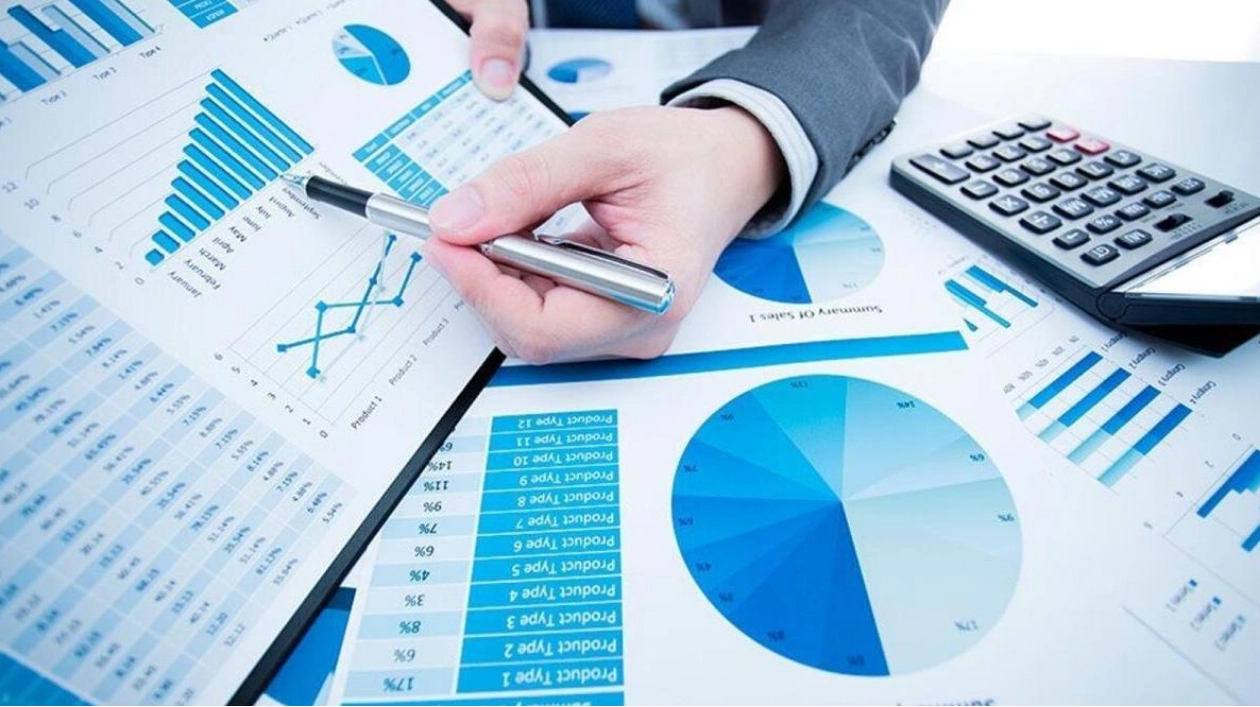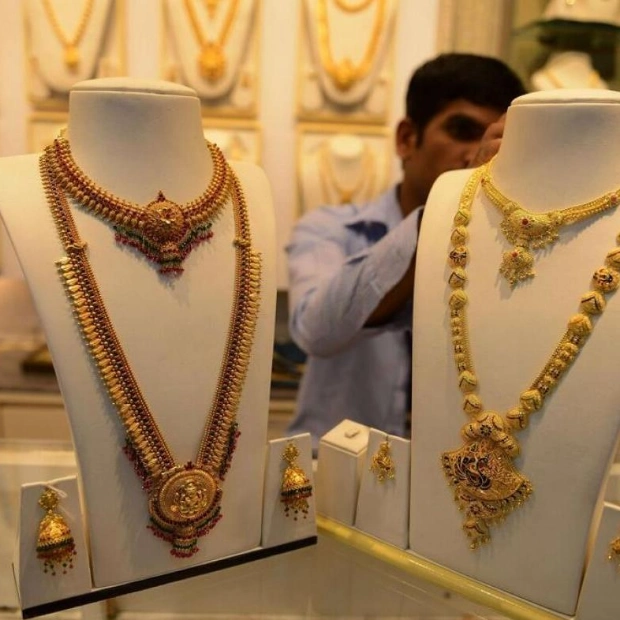In our detailed exploration of excise duty, we highlighted two crucial aspects essential for its effective implementation. Firstly, the necessity of precisely identifying and correctly categorizing excise duty-liable products to determine the appropriate excise rate. Secondly, the importance of accurately setting the base price to ensure the correct application of excise duty. This article focuses on elucidating the concept of excise price and outlining the methods for its computation. Various methods exist for calculating the excise price, and the chosen approach depends on the type of excisable goods under consideration.
According to the standard guidelines, the excise price is established as the higher value between the price specified by the Federal Tax Authority (FTA) for excisable goods or the designated retail selling price after subtracting any embedded excise tax. The designated retail price is determined as the higher value between the price calculated by the importer or producer and the average retail price. To calculate the average retail selling price of excise goods over the past year, first, identify the different prices at which these goods were sold to end users. If any selling price includes an excise tax, subtract this tax to find the tax-exclusive selling price. Next, for each unique selling price, determine the total quantity of excise goods sold at that price. Multiply the quantity sold by the selling price to derive the market revenue generated by that price point over the 12-month period. Aggregate these revenue figures across all prices to obtain the total market revenue for excise goods over the year. Calculate the average tax base of the goods by dividing the total market revenue by the quantity of goods sold in that period. Then, apply the relevant tax rate to this average tax base to determine the notional excise tax on the goods. Finally, sum the results from the previous steps to compute the average retail selling price of the excise goods.
The main challenge in implementing the standard guideline lies in determining the designated retail price, which requires the computation of the average retail price. Additionally, when following this rule, it is crucial to consider only the actual price paid by final consumers. Transactions involving excisable goods sold to wholesalers or corporate clients, such as supplying carbonated drinks to hotels, should not be included as they do not represent the retail price for end users. In cases where the retail price of excisable goods is unavailable because these are not sold to end consumers but used by excisable persons for manufacturing excisable products; or such goods are imported and then reexported, their designated retail selling price is the price set by the importer or producer of these excise goods before any discounts or offers are applied. For example, powder, gel, concentrate, etc., used to manufacture excisable products, so its designated retail sales price will be the price ascertained by the importer or manufacturer.
Given that the end product is subject to excise duty, or the excisable goods are imported and reexported, any duties paid by the manufacturer and/or importer for excisable materials like powder, gel, concentrate, etc., used in the production of excisable goods, will be eligible for refund; and it will be refunded or adjusted in the return, but it may have cash flow implications generally due to timing differences. Within the excise tax guide legal document, a specific methodology is outlined for determining the excise price of tobacco products. According to this method, the excise price for tobacco items should not fall below Dh0.4 per cigarette and Dh0.1 per gram of waterpipe tobacco, ready-to-use tobacco, or similar tobacco products, as stipulated by the FTA. The excise tax is determined by applying a set percentage to the excise price derived from the methodologies outlined above. The excise price includes all supplementary taxes or duties imposed on the goods, with the exception of any relevant VAT. Consequently, the revised selling price of the goods will consist of the tax base plus the corresponding tax amount at the specified rate (50 per cent or 100 per cent), along with VAT. The excisable persons are required to diligently calculate the right excise price and apply the excise tax correctly to arrive at the price before VAT of the excisable products.
The writer, Mahar Afzal, is a managing partner at Kress Cooper Management Consultants. The above article is not an official opinion of Khaleej Times but an opinion of the writer. For any queries/clarifications, please feel free to contact him at mahar@kresscooper.com.






